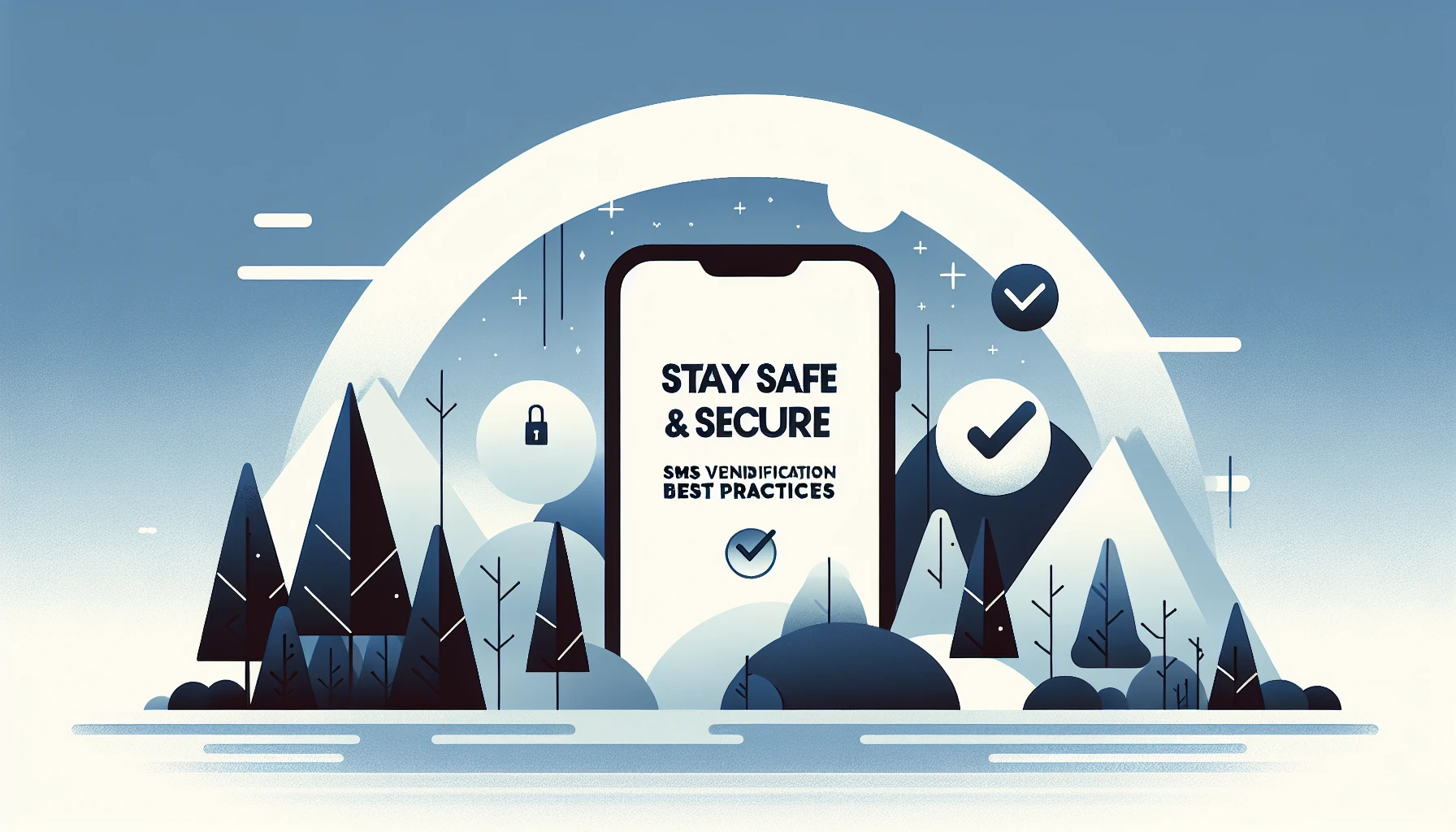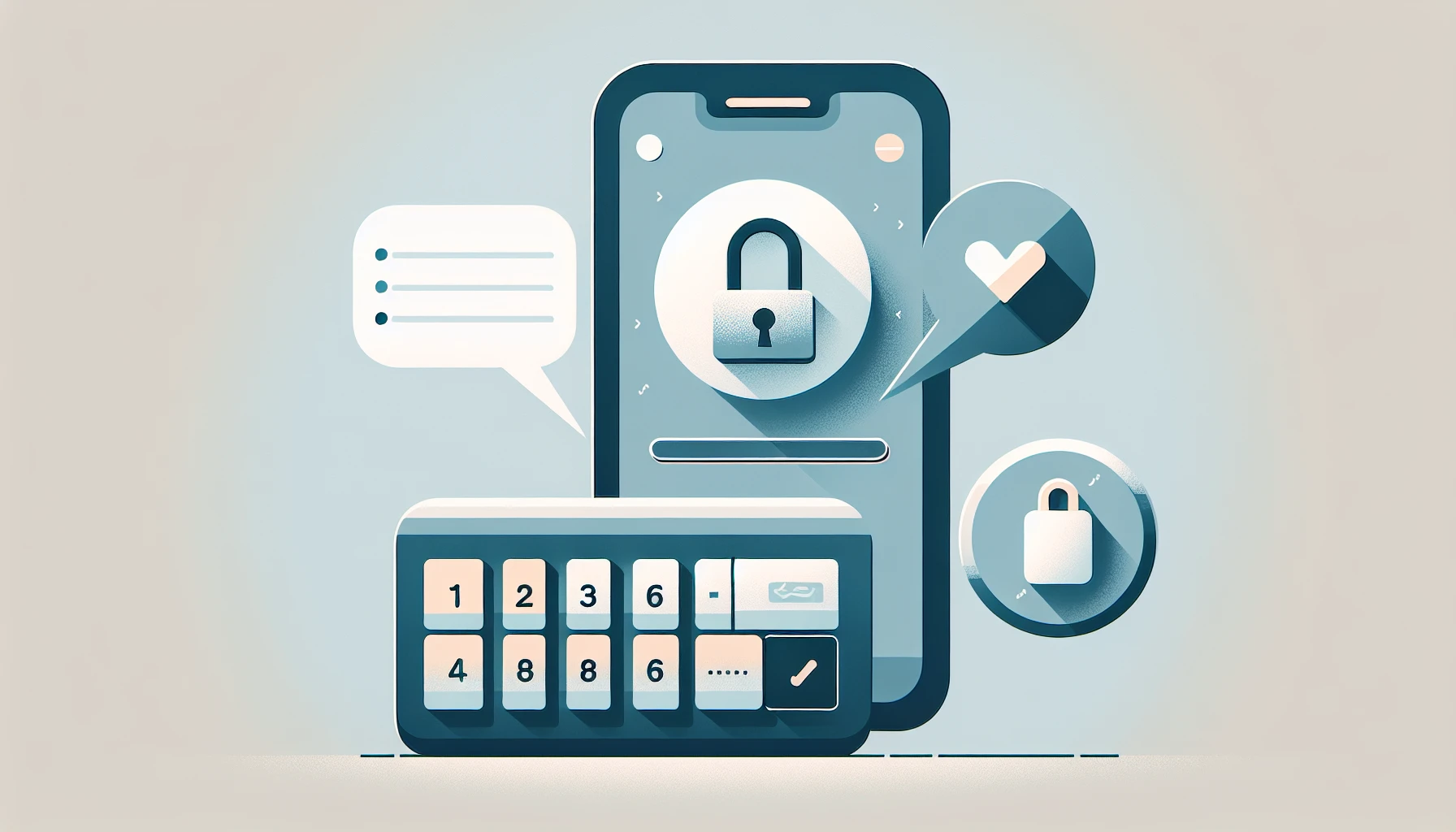In this fast-paced digital age, ensuring the security of our personal information has become more critical than ever. With online fraud and identity theft on the rise, it is essential for businesses and individuals alike to adopt robust security measures to protect sensitive data. This is where SMS verification comes into play as a highly effective tool in safeguarding our online presence.
Stay Safe and Secure with SMS Verification
Stay Safe and Secure with SMS Verification, also known as two-factor authentication (2FA), adds an extra layer of security to our online accounts by requiring users to provide a unique verification code sent via text message. This method has gained popularity among organizations across various industries, including banking, e-commerce, social media platforms, and more, due to its simplicity and effectiveness in mitigating risks associated with unauthorized access.
However, to make the most of SMS verification and ensure a safe online environment, it is crucial to adopt best practices that align with the evolving threat landscape. In this article, we will explore some key practices that can help you stay safe and secure with SMS verification.

1. Enable SMS Verification for all important accounts:
Start by enabling SMS verification for all your crucial online accounts, including email, social media, banking, and any other platforms that store sensitive personal data. By setting up this additional layer of security, you significantly reduce the risk of unauthorized access, even if your password gets compromised.
2. Use a separate, secure phone number:
While enabling SMS verification, it is advisable to use a separate phone number specifically dedicated to receiving verification codes. This step helps protect your primary phone number from potential attacks or SIM card swapping attempts, which are common methods used by cybercriminals to gain unauthorized access.
3. Protect your phone and SIM card:
Since SMS verification heavily relies on your mobile device, it is important to take precautions to secure your phone and SIM card. Assign a strong PIN code or a biometric lock to your phone to prevent unauthorized physical access. Ensure that your SIM card’s PIN code is also enabled for an added layer of security. In case your phone or SIM card is lost or stolen, immediately contact your service provider to disable the SIM card.
4. Be cautious of phishing attempts:
Phishing attacks are one of the most prevalent forms of online fraud. Exercise caution while dealing with any email or text message that asks for your personal information, including verification codes. Legitimate organizations will never ask you to provide such information directly, so be vigilant and double-check the source before sharing any sensitive details.
5. Regularly update your contact information:
Ensure that your contact information, especially your phone number, is up to date on all your online accounts. In case you change your phone number, make sure to update it promptly to avoid any disruption in SMS verification services. Failure to update contact information can result in potential security breaches or being locked out of your own accounts.
6. Use a reputable SMS gateway provider:
When choosing an SMS verification service provider, opt for a reputable company that adheres to stringent security standards. Look for providers that offer encryption of text messages in transit, have robust measures against SMS interception, and comply with industry regulations regarding data privacy and security.
7. Consider backup options:
While SMS verification is a widely adopted method, it is essential to consider backup options in case you encounter any issues. Some platforms offer backup authentication methods like authentication apps, hardware tokens, or email verification. It is always recommended to have an alternative authentication method readily available to prevent being locked out of your accounts due to any unforeseen circumstances.
8. Educate yourself and your team:
Lastly, it is crucial to educate yourself and your team members about SMS verification best practices. Regularly train your workforce on the importance of maintaining strong passwords, recognizing phishing attempts, and following security protocols. By creating a culture of security awareness, you can significantly reduce the risk of security breaches.

In conclusion, Stay Safe and Secure with SMS Verification, when implemented using best practices, is an effective tool in ensuring online safety and security. By enabling SMS verification for all important accounts, using a separate secure phone number, protecting your phone and SIM card, being cautious of phishing attempts, regularly updating contact information, choosing a reputable SMS gateway provider, considering backup options, and educating yourself and your team, you can build a robust defense against potential cyber threats.
Remember, staying safe and secure online is a shared responsibility. By adopting these best practices and making them an integral part of your online habits, you can enjoy peace of mind knowing that your personal information is well-protected.
